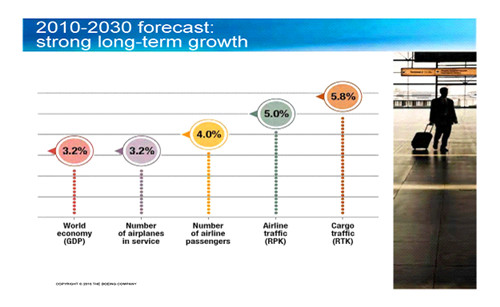Bikram Maharjan, a student of SAU has done a research on Eco-Aviation.
Everybody knows that people need and want to travel. They always have and they always will. But everything comes with a cost. The development in aviation sector has brought new challenges and everything has to be balanced.
If we survey the People around the world to ask what they want from the aviation industry in the future, their message will be clear – we need to help as many people as possible share in the benefits that air transport brings, but we need to achieve this while looking after the environment.

Demand for air travel will continue to grow, because it drives so much of the world’s social and economic development. But those who benefit and those who work in the aviation industry are also sensitive to the impact of their choices on the environment.
In the recent years, aircraft manufacturers have made huge strides in terms of reducing costs, slashing emissions and reducing noise. It gives a sense that they already have a good understanding of the issues involved in meeting those demands.
Now the engineers and the scientists have to be focusing on the challenges which need to be addressed if they are to achieve even more progress in the future– this can be anything from energy sources and air traffic management to new aircraft designs and integrated transport networks.
The future of the aviation highlights some of the challenges and decisions that lie ahead in creating a more connected and a more sustainable world. For example, should the industry go for huge fuel savings at the expense of noise? Is it okay for costs to increase if it makes recycling easier? When and how will air transport make the big switch away from kerosene? Is the education system going to deliver enough talented people to find the solutions?
The aviation industries are challenged to develop new ideas for the eco-efficient aviation industry of the future.
Innovation is at the heart of all global development and it is by thinking big that mankind can meet seemingly impossible challenges. We, as the part of the visionary future are required to think big and propose an idea to address one of the following 21st century challenges for greener aviation: Energy; Fuel-efficiency; Environment friendly; Traffic Growth; Passenger Experience; Community contentment.
As a future engineer, I believe it is our job to devote for the pursuit of solutions to the challenges we are facing in the recent years. With the right investment, support and co-operation, we can offer a glimpse of some of the very real possibilities that existing technology and talent can offer
Our commitment is to meet people’s needs for the future and to be encouraged to play a part in helping to shape the future –our future.
Sometimes in life we can’t settle for the easy option. We need to aim high and go for the very best solution possible. We still dare to dream with a hope that everyone everywhere can be inspired to be part of the solution for a better world.


